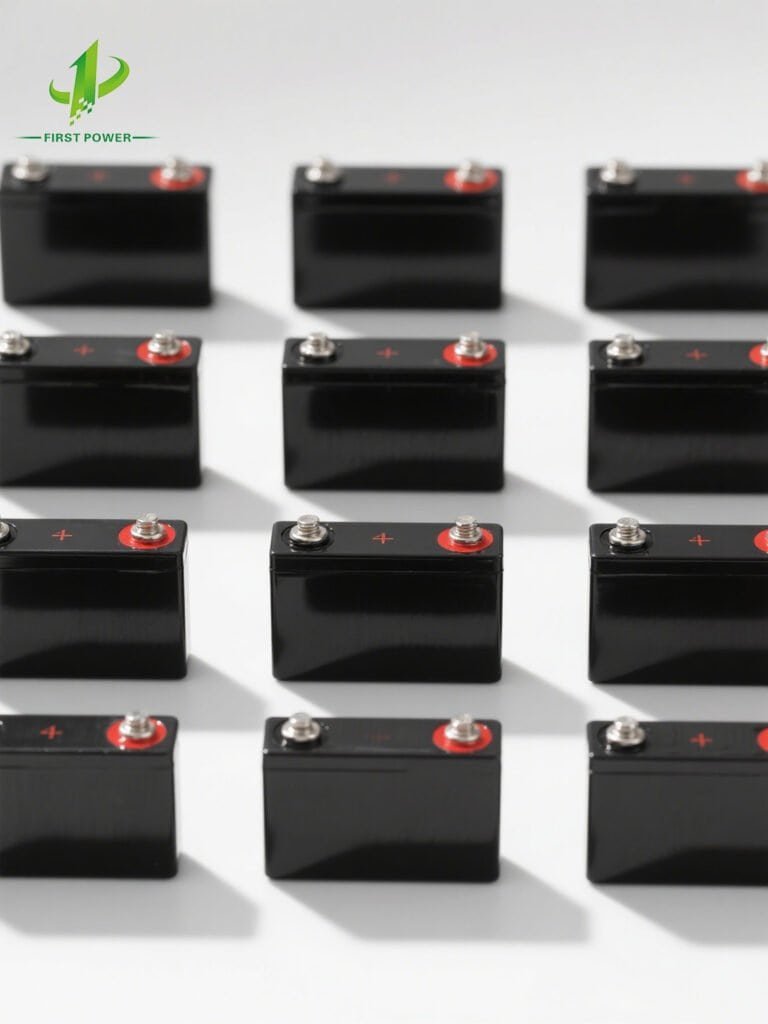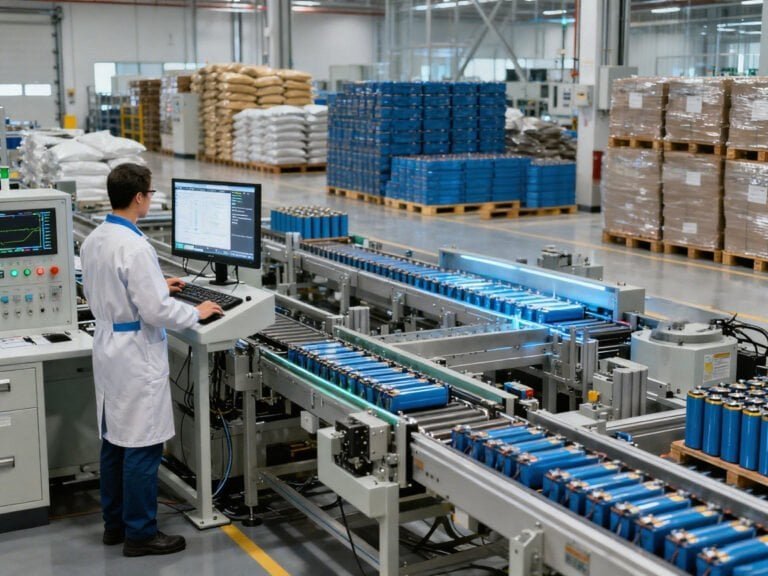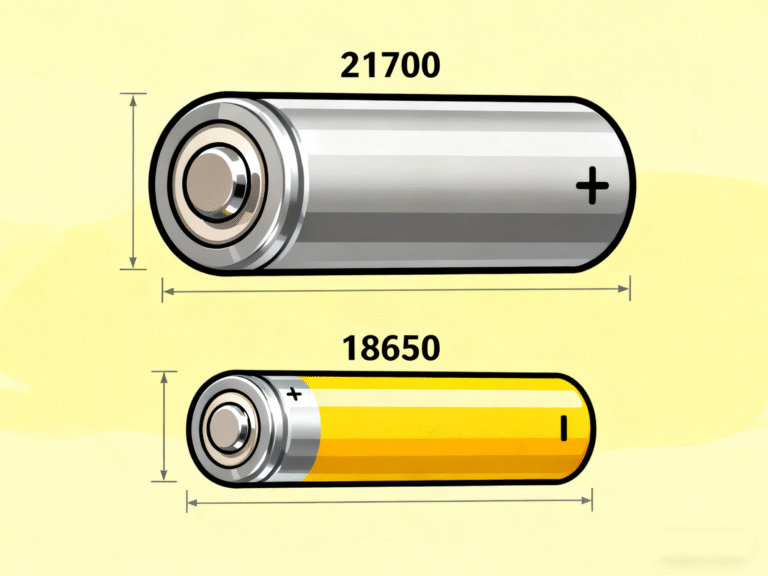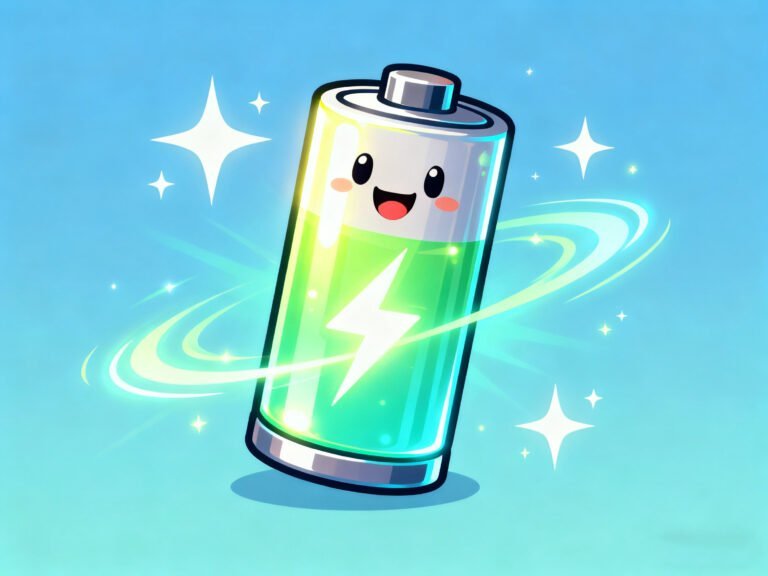In today’s fast-evolving energy landscape, battery performance and longevity are key considerations across industries. Whether it’s powering electric vehicles, solar systems, medical equipment, or backup energy storage, users are demanding more durable, efficient, and eco-friendly battery solutions. Among the various lithium battery chemistries available, LiFePO4 (Lithium Iron Phosphate) batteries have emerged as the gold standard for long-term reliability.
But just how long does a LiFePO4 battery last? In this article, we explore the real-life lifespan of LiFePO4 batteries, what impacts their longevity, and why they are increasingly favored in both consumer and industrial applications.

What Is a LiFePO4 Battery?
LiFePO4, short for Lithium Iron Phosphate, is a type of lithium-ion rechargeable battery known for its thermal stability, safety profile, and long cycle life. First introduced in the late 1990s, this chemistry offers advantages over traditional lithium cobalt oxide (LiCoO2) and lead-acid batteries in terms of:
-
Safety: Higher thermal and chemical stability, lower risk of overheating or fire
-
Durability: Resistant to overcharging and deep discharging
-
Cycle Life: Remarkably high number of charge-discharge cycles
-
Eco-friendliness: Contains no cobalt or harmful heavy metals
The Core Question: How Long Do LiFePO4 Batteries Last?
The lifespan of a LiFePO4 battery can be measured in two ways:
-
Cycle Life: The number of complete charge and discharge cycles the battery can perform before its capacity drops to 80% of its original.
-
Calendar Life: The total age or years the battery can remain functional, even if not cycled daily.
Cycle Life Expectations:
-
Typical LiFePO4 batteries: 3,000–5,000 cycles
-
High-end LiFePO4 cells: Up to 6,000 cycles or more under ideal conditions
-
For comparison:
-
Lead-acid: 300–500 cycles
-
NMC lithium batteries: 1,000–2,000 cycles
-
Calendar Life:
-
A well-maintained LiFePO4 battery can last 10 to 15 years or more.
Key Factors Affecting Lifespan
1. Depth of Discharge (DoD)
The depth to which a battery is discharged directly affects its longevity. LiFePO4 batteries handle deep discharges (up to 80–90%) without significantly reducing their life. However, keeping the DoD to 70–80% is ideal for maximizing lifespan.
2. Charge/Discharge Rate (C-rate)
The rate at which a battery is charged or discharged can impact internal temperature and chemical balance. Fast charging at high C-rates may reduce life expectancy. Following manufacturer-recommended C-rates, such as 0.5C or 1C, ensures optimal performance.
3. Operating Temperature
LiFePO4 batteries perform best in moderate temperatures. Operating them in extreme heat (>60°C) or freezing conditions (<0°C) can degrade cell chemistry over time. Battery Management Systems (BMS) help regulate this.
4. Battery Management System (BMS)
A good BMS monitors and protects the battery from overcharge, over-discharge, overcurrent, and overheating. High-quality BMS extends the useful life of the battery by maintaining safe operating parameters.
5. Storage Conditions
Long-term storage in a cool, dry environment at around 50% state of charge (SoC) is ideal. This minimizes chemical degradation over time.

Real-World Use Case Examples
1. Solar Energy Storage Systems
In solar power installations, LiFePO4 batteries are used in off-grid and hybrid energy systems. Their daily cycle demand makes lifespan critical. A system cycling once daily would see:
-
5,000 cycles = nearly 14 years of service
-
Lower maintenance and longer service life than lead-acid alternatives
2. Electric Bicycles (eBikes)
Ebike riders typically recharge batteries every 2–3 days. A LiFePO4 battery rated for 3,000 cycles could last:
-
Around 10 years, assuming 300–350 charging cycles per year
-
Compared to 2–3 years for traditional lithium batteries
3. Backup Power (UPS & Telecom)
Telecom stations and critical backup systems benefit from the low self-discharge and long calendar life of LiFePO4 cells:
-
Minimal degradation even when idle
-
Service life of 10–15 years
4. Electric Golf Carts & AGVs
These applications demand both deep cycles and long runtime. A LiFePO4 battery can easily outlast a golf cart’s lifetime with:
-
4,000+ full discharges
-
8–10 years of worry-free use
Why LiFePO4 Batteries Last Longer than Others
| Feature | Lead-Acid | NMC Lithium | LiFePO4 |
|---|---|---|---|
| Cycle Life | 300–500 cycles | 1,000–2,000 cycles | 3,000–6,000+ |
| Calendar Life | 3–5 years | 5–8 years | 10–15+ years |
| DoD Tolerance | 50% recommended | 80% recommended | 80–90% tolerated |
| Safety | Low | Medium | High |
| Eco-friendliness | Low | Medium | High |
| Maintenance Required | High | Low | Very low |
Common Questions Answered
Q1: Will LiFePO4 batteries degrade if not used for long periods?
Yes, but much more slowly than other chemistries. Stored properly, they can retain over 90% of capacity after a year.
Q2: Is a LiFePO4 battery worth the investment?
Absolutely. The higher upfront cost is justified by its long lifespan, safety, and low maintenance, making it more economical in the long run.
Q3: Can I replace my lead-acid battery with LiFePO4?
Yes. Many LiFePO4 packs are drop-in replacements, but you must ensure compatibility with your system’s voltage and charging profile.
Q4: How do I know my LiFePO4 battery is reaching end-of-life?
Indicators include reduced capacity, shorter runtime, or charging anomalies. However, most high-quality batteries last beyond 10 years under normal use.
Tips to Extend Your LiFePO4 Battery Lifespan
-
Avoid extreme temperatures
-
Charge slowly if possible
-
Don’t store at full charge
-
Keep SoC between 20–80% for everyday use
-
Use a proper LiFePO4 charger and BMS
Final Thoughts: Long-Term Reliability in Your Hands
The question “How long will a LiFePO4 battery last?” doesn’t have a one-size-fits-all answer, but what is clear is this: with proper care, a quality LiFePO4 battery can serve for over a decade and offer thousands of worry-free cycles.
For businesses, e-mobility brands, solar energy companies, or individuals looking to invest in long-lasting energy storage, LiFePO4 is the undisputed champion. Its unique combination of safety, efficiency, and lifespan makes it the preferred battery technology of the future.
If you’re seeking a reliable battery partner, Dongguan Yizhan Electronic Technology Co., Ltd. advanced LiFePO4 technology and 12+ years of manufacturing expertise are ready to deliver custom solutions that stand the test of time.







